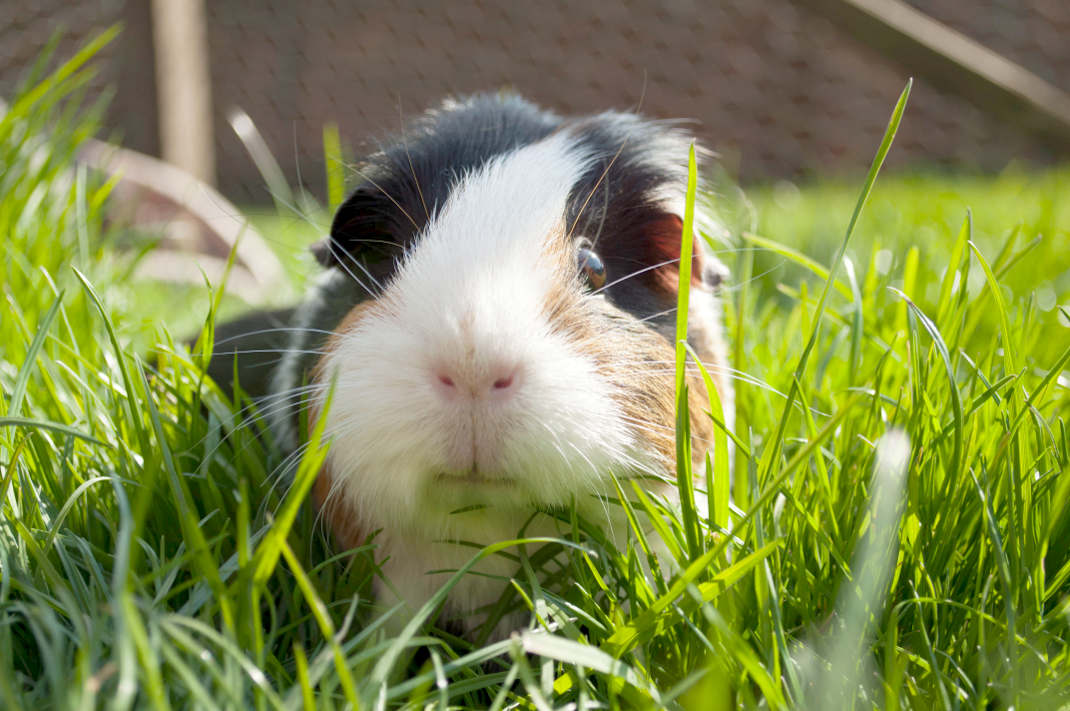
Allergy Friendly Plants

Allergy Friendly Plants
For some people spring and summer are the best months, heat, beautiful flowers, picnics, but for others its two seasons of sneezing, wheezing, eyes streaming and rashes amongst many other symptoms. The biggest cause of this is in fact pollen, mainly wind borne pollen, but it can also come from spores and mould.
The most common plants for causing so much annoyance is trees and shrubs as they are designed to produce wind borne pollen. There sadly isn’t an awful lot of information out there for people to read so they can understand why hayfever and its symptoms are caused. I found two brilliant articles from Allergy UK regarding firstly Tree and Shrub Pollen and the second one on how to avoid pollen. Instead of me writing my own version and maybe missing a few bits and obviously potentially breaching copyright i thought i would copy it in here for you to read. They are both very interesting and worth a read even if you don’t suffer with hayfever.
Tree and Shrub Pollen Written by Allergy UK
“Allergy to pollen is extremely common. All plants produce pollen, which is in effect male sperm, very high in protein and hence allergenic. Female flowers of plants are fertilised either by wind borne or insect borne pollen. It is windborne pollen that is the major problem, as the air is filled with minute particles when the male flowers are open.
Hence all trees and shrubs which have catkins are hazardous. Virtually all our native trees have wind spread pollen. After the last Ice Age, there were no insects, so many varieties, such as Alder, Ash, Beech, Hazel, Juniper, Oak, Pine, Poplar, Sweet Chestnut, Walnut, and Yew cause allergy symptoms. Similarly grasses, including a lawn, no matter how closely mown, will still have flowers low down, and are wind pollinated. An exception might be bamboo which, depending upon the species, flowers as rarely as once every thirty years.
Trees and shrubs which have open flowers, particularly those which are scented, are designed to be attractive to bees and insects so are relatively safe for allergic individuals. Obviously, if a sufferer puts their nose into a rose they might knock off some pollen and could inhale it. This is unlikely as insect borne pollen is very heavy so stays on the fur.
Below is a list of trees and shrubs which are insect pollinated and hence safe to grow. To save confusion most of the names are in Latin: Azalea, Berberis, Buddleya, Ceanothus, Cistus, Cornus, Cotoneaster, Cytisus, Escallonia, Fushia, Hebe, Holly, Lavateria, Lavender, Lime, Mahonia, Potentilla, Privit, Prunus, Pyracantha, Quince, Ribes, Rhododendron, Rubus, Rose, Skimmia, Spirea, Syringa, Ulex,Viburnum, Weigelia, and Wisteria.
As well as producing hay fever symptoms, a number of plants can cause skin reactions. These are not usually true allergies but a real problem in sensitive people. There are too many to list, but as a guide anything with hairy stems or leaves could be a hazard. Insect pollinated plants include: Geranium, Iris, Clematis.
Try replacing lawns with gravel or paving, ornaments and water features!”
Pollen Avoidance Written by Allergy UK
“Allergen avoidance is difficult for people with allergy to substances in the air, such as pollen. For example, tiny pollen spores are windborne and travel for miles on air currents.
However, the following measures can be helpful:
- Monitor pollen forecasts daily and stay indoors wherever possible when the count is high (generally on warmer, dry days). Rain washes pollen from the air so counts should be lower on cooler, wet days
- Limit outdoor trips to rural areas. Sea breezes blow pollen inland, so escape to the sea instead
- Apply an effective pollen barrier around the edge of each nostril to trap or block pollens and help prevent a reaction. Pollen Barriers are available as balms or gel nasal sprays and some people have found petroleum jelly can help
- If you go out, shower and wash your hair on return, and change your clothing before coming back into the living room or bedroom
- Keep windows closed when indoors. This is most important in the early mornings, when pollen is being released, and in the evening when the air cools and pollens that have been carried up into the air begin to fall to ground level again
- If you suffer symptoms indoors, a good air filter should help. Choose one that is proven to trap even small particles (see the Allergy UK website for lists of approved air filters)
- Avoid mowing lawns or raking leaves. If you must perform these tasks, use a filtration face mask (see Allergy UK website)
- Wear wraparound sunglasses when outdoors to keep pollen allergens out of your eyes
- Avoid drying washing on a clothes-line outside when pollen counts are high
- Pollen counts tend to be high along roads with grass verges (dual-carriageways, motorways). Keep car windows closed and the air intake on ‘re-circulate’ when driving. Choose a car that is fitted with an effective pollen filter, or get an in-car air filter)
- Choose hypo-allergenic eye make-up, especially mascara
- Don’t let pets get close to your face as they can carry pollen in their fur. Wipe pets’ coats with a damp microfibre cloth to remove pollens when they have been out for a walk
- Use goggles when swimming, whether in the sea or in a pool.”
I’ve put together two lists of plants I’ve found from various websites the first is good plants for allergies and the second is bad plants for allergies. These are not tried and tested plants and everyone’s reaction to each plant pollen is different. Go with what plants work for you.
Good Plants
- Rose
- Lavateria
- Mahonia (I am sceptical of this one)
- Cotoneaster
- Rhododendron
- Skimmia
- Spirea
- Syringa (I love Lilac trees again a little bit sceptic though)
- Ribes
- Lavender
- Iris
- Rose
- Peony
- Azalea, Berberis, Buddleya, Ceanothus, Cistus, Cornus, Cotoneaster, Cytisus, Escallonia, Fushia, Hebe, Holly, Lavateria, Lavender, Lime,Mahonia, Potentilla, Privit, Prunus, Pyracantha, Quince, Ribes, Rhododendron, Rubus, Rose, Skimmia, Spirea, Syringa (it’s in here too, must be ok then), Ulex,Viburnum,Weigelia, and Wisteria. From the Allergy UK article.
Bad Plants
Avoid plants with hairy stems or leaves
- Geranium
- Iris
- Clematis
- Privit hedging
- Ferns
- Chrysanthemums
- Leyland cypress
- Peruvian lily
- Birch
- Oak
- Plane
- Lime
- Horse chestnut
- Sweet chestnut
I hope this helps you if you do suffer from hayfever. Let me know what plants you find good for you or that you find particularly bad, you might just help someone.
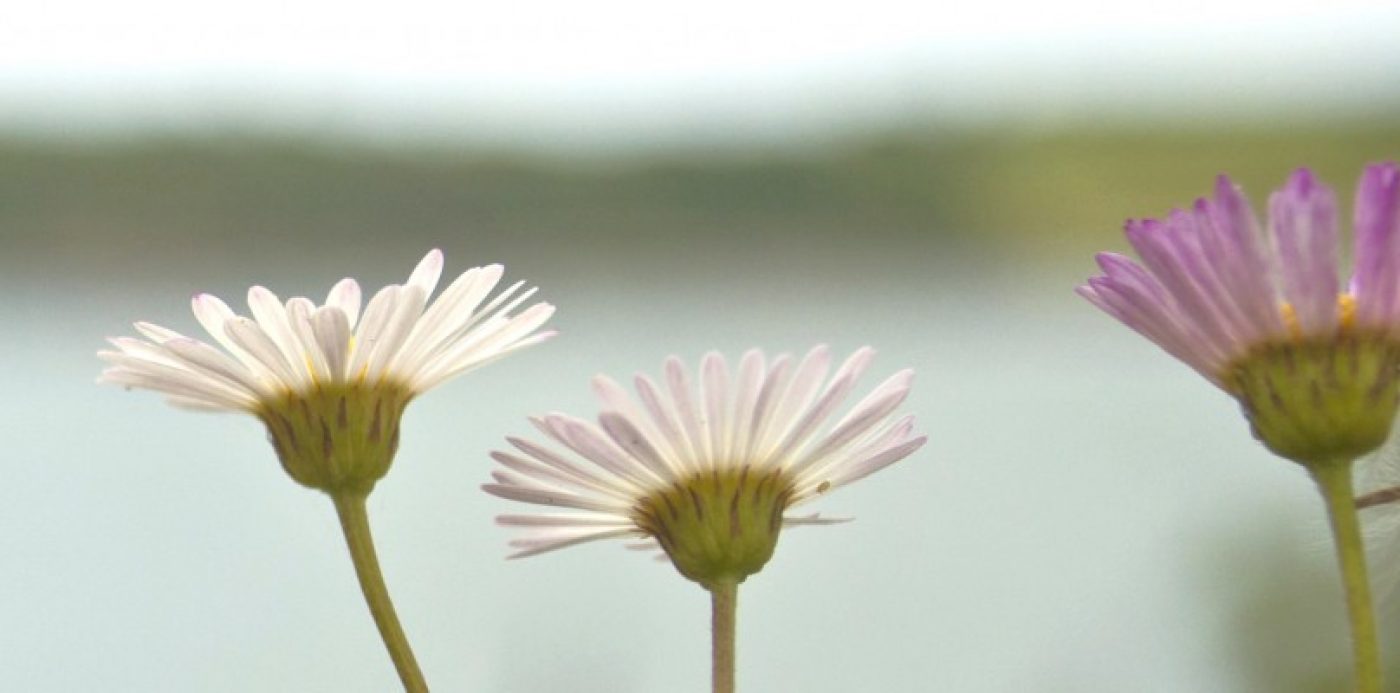
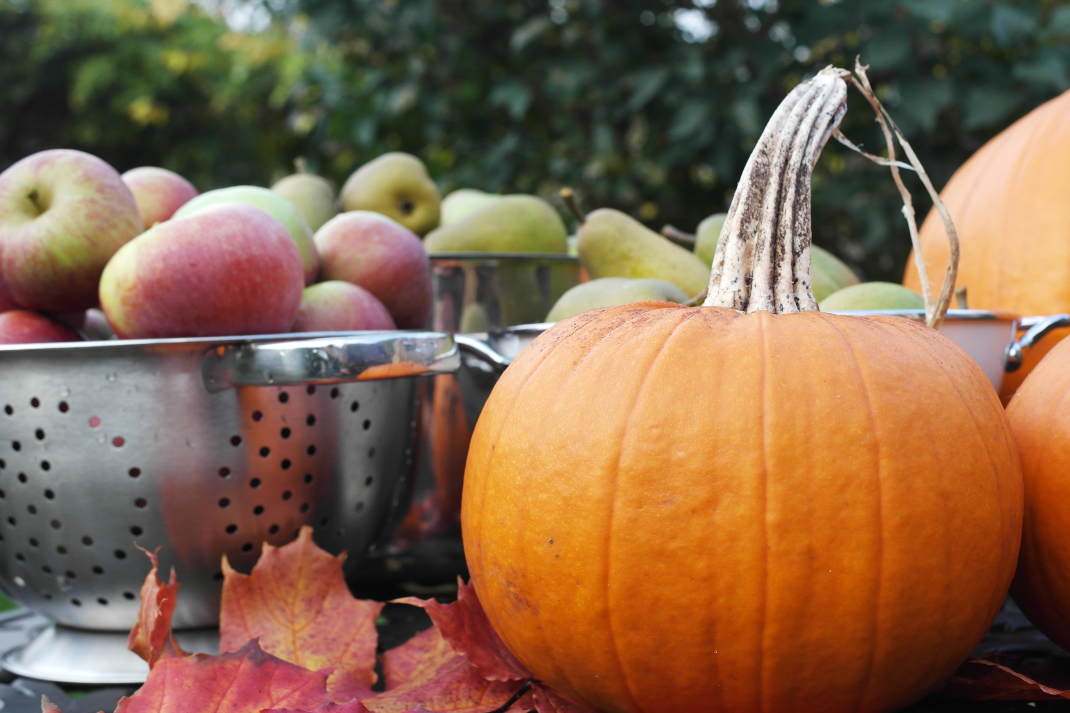


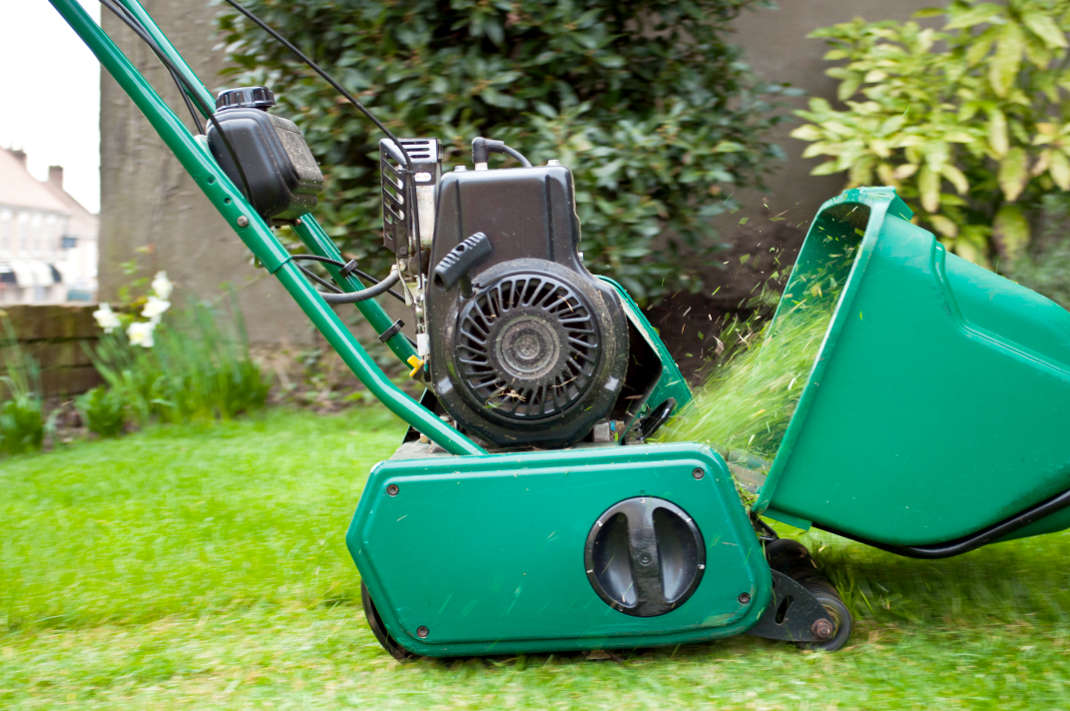
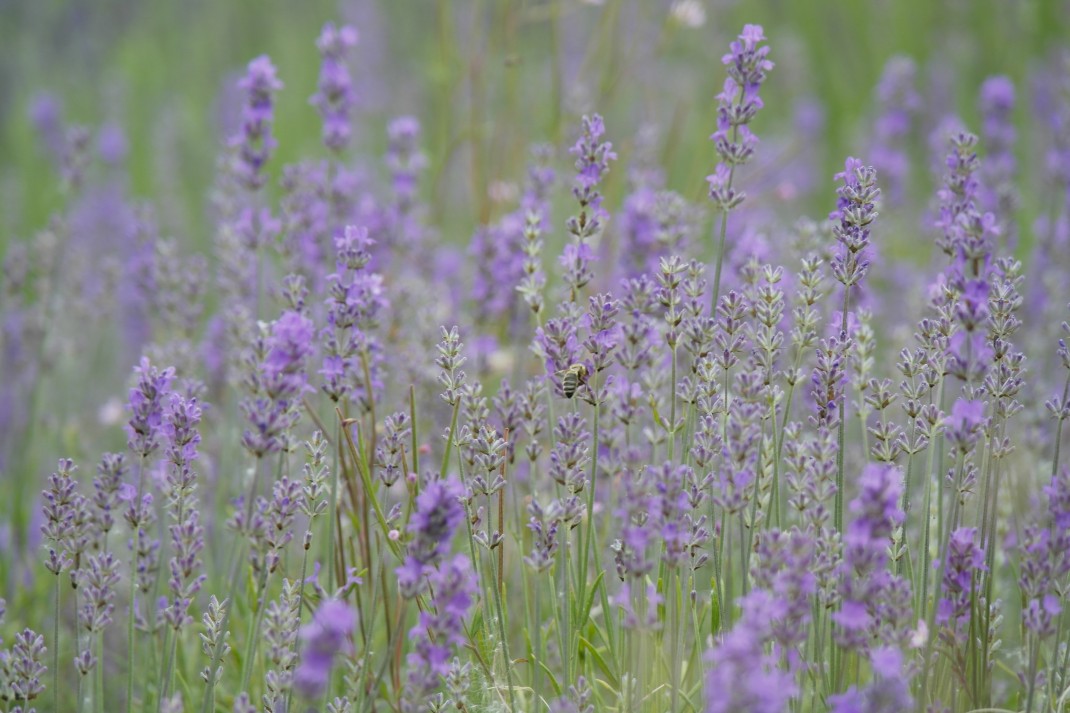
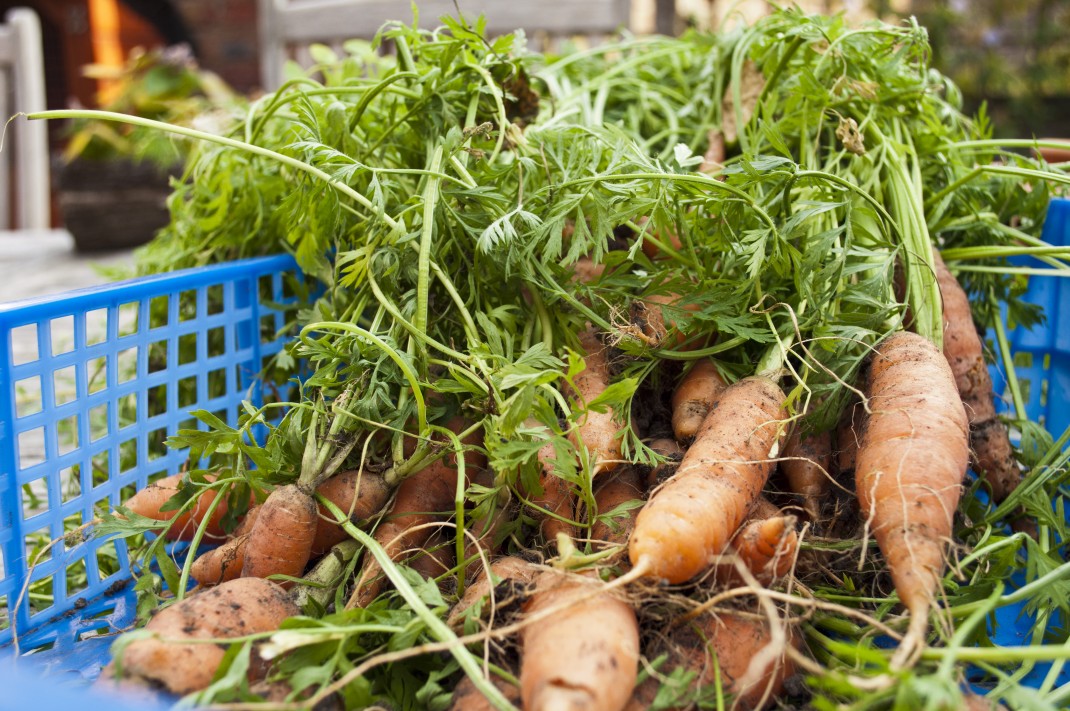
Comments